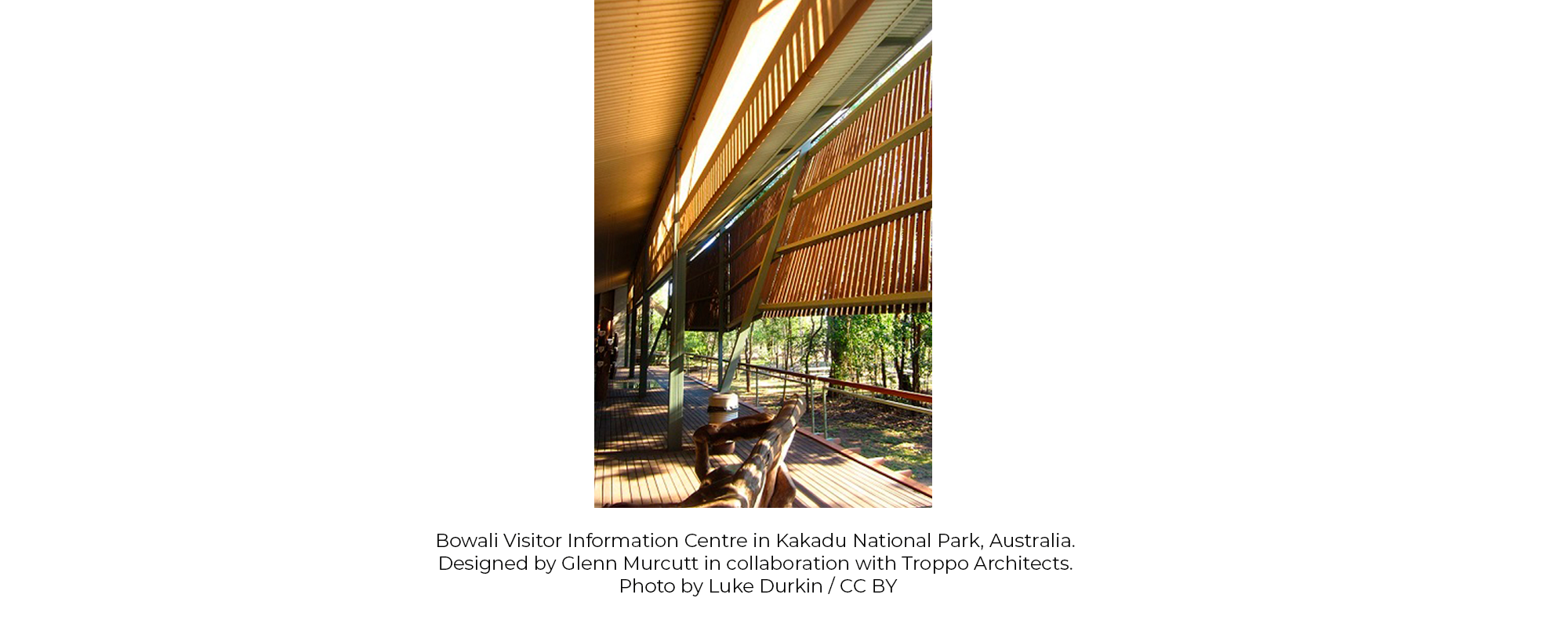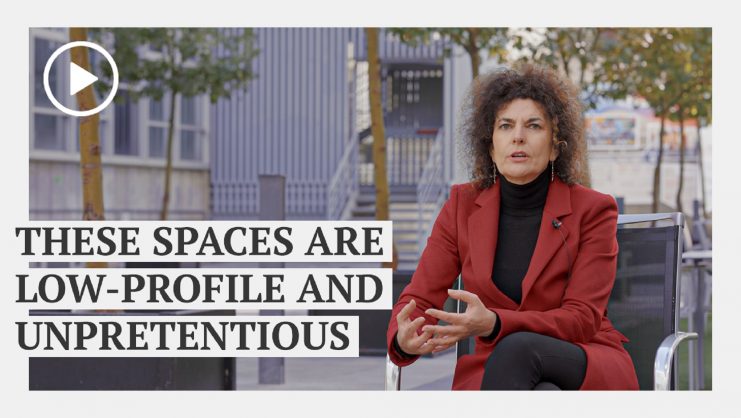Lacaton & Vassal with F Druot
Transformation of 100 Units, Tour Bois le Prêtre, Social Housing.
Photo courtesy of Philippe Ruault
This year’s Pritzker Architecture Prize winners are Anne Lacaton and Jean-Philippe Vassal, who formed their office in Paris in 1987 and have practiced together as Lacaton & Vassal ever since. The goal of each of their architectural projects is to serve the members of a community in a sensitive and flexible way and they believe that all projects should start with an understanding of what already exists. This includes not only other buildings but also open spaces, scale of the surroundings, climate, and the social and cultural heritage of a place. Lacaton and Vassal value the existing and seek to add more value through the works that they undertake. Their projects are considered by some to be understated or quiet, and this is in line with the belief that architecture must not be oppressive and dictate actions but be a setting for many types of activities and, above all, a setting for life.
In the text which explains the reasons for selecting Lacaton and Vassal for the 2021 award, the jury stated that “through their ideas, approach to the profession, and the resulting buildings, they have proven that a commitment to a restorative architecture that is at once technological, innovative and ecologically responsive can be pursued without nostalgia. They understand space and materials and create architecture that is both beautiful and pragmatic and they don’t see any opposition between architectural quality, environmental responsibility, and the quest for an ethical society.”
And here we see just how much the Pritzker Architecture Prize has evolved over these years. At the time of its founding in 1979, the prize sought to bring architecture into the conversation with the broad public. While it still does this, times have changed. In the beginning, the prize tended to celebrate the architect as hero or creator of iconic buildings. Today, the conversations around architecture in general, and the Pritzker Prize in particular, have become more nuanced, thanks in part to the many voices around the world commenting on and discussing architecture through digital media.
For example, in 2002, when Glenn Murcutt was awarded the prize, the jury spoke about a sustainable approach to architecture. Japanese architect Shigeru Ban was recognized in 2014 not only for quality architecture but also for his humanitarian work in the field of disaster relief. Alejandro Aravena received the prize in 2016 and the jury commented on his groundbreaking work in creating housing that goes way beyond mere shelter and creates an investment in the future for economically fragile communities.
With Lacaton and Vassal as the 2021 laureates, the clear and powerful message that the jury is highlighting is how their work focuses on respecting the existing, contributing to community building, and being environmentally responsible.
Lacaton and Vassal, along with the architect Frédéric Druot, transformed the deteriorating La Tour Bois le Prêtre (Paris, France 2011), a 17-story, 96-unit city housing project originally built in the early 1960s. They increased the interior space of every unit through the removal of the original concrete façade and extending the footprint of the building to form bioclimatic balconies. Once-constrained living rooms now extend into new terraces as flexible space, featuring large windows for unrestricted views of the city. In this way, they not only reimagined the aesthetic of social housing but also the intention and possibilities of such communities within the urban fabric.
With the renovation of the cultural facility in Paris known as the Palais de Tokyo, Lacaton and Vassal followed the guiding principle of a museum as a place where “visitors can make their own way.” Originally built in 1937, the building had undergone various changes of use and had become deteriorated when Lacaton and Vassal undertook the project with two phases to bring the building into full use, increasing the interior by 20,000 square meters (in part by creating a new underground space) and ensuring that every area of the building was for the purpose of user experience. The updated building, which reopened to the public in 2002, retreated from the white cube galleries and guided pathways that are so characteristic of many contemporary art museums. Instead, the architects created generous unfinished spaces that allow artists and curators to create exhibitions regardless of medium of art within a range of physical environments that encourage visitors to linger.
With the naming of Lacaton and Vassal as the 2021 Pritzker Prize laureates, it appears that a page has been turned in the era of the “starchitect” and the time when grand gestures and even grander budgets were the norm. The lessons to be learned from the Pritzker winners are many, perhaps not in terms of formal projects to be copied by students around the globe but, rather, guiding principles that can create useful, beautiful, sustainable, and respectful architecture, communities, and cities for all. Lacaton and Vassal have revealed a world in which architecture can be of service and in which we can all see the possibility in building on our history and renovating our present to move towards a more hopeful future.
© IE Insights.









